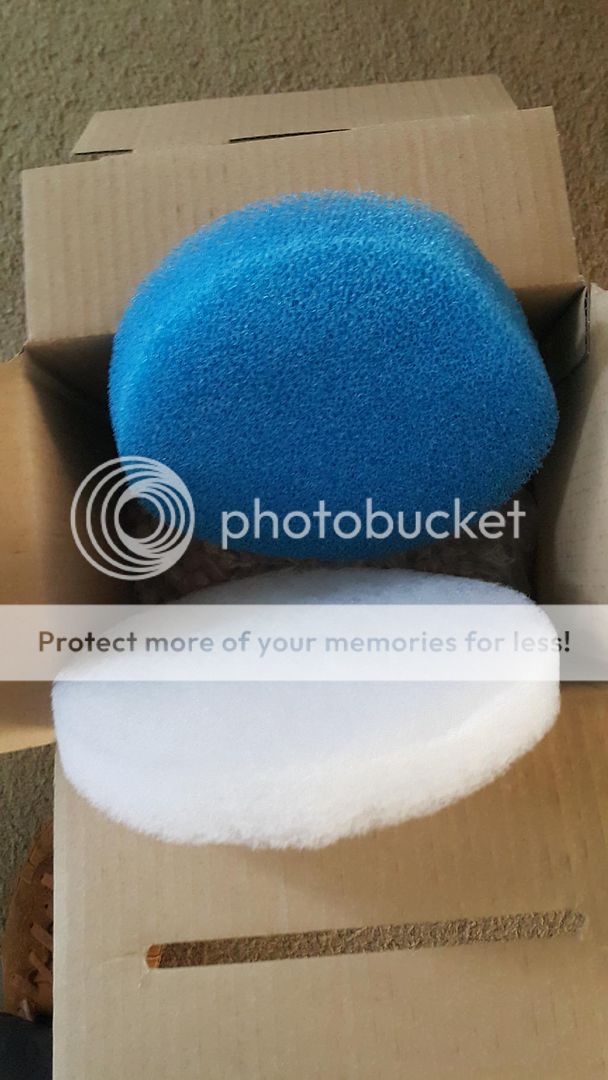goldfinger
Fish Fanatic
First I've moved tanks over before and its been complete substrate & filter.
My dilemma lies
I'm not using substrate yet in the new tank.
The new FX6 has been running over about two weeks in tandam with the classic 2017 in one fully stocked tank.
All water parameters are fine.
Did have a mini cycle when I first added the FX6, but all is stable.
The new 300ltr tank has just been filled I was always told to leave 24 hours so it can gas off.
I have the airstone running and chucked a few floating plants to stop the water stagnating if I was to leave it longer without a running filter.
I plan on picking up four potted plants on Thursday so hope some bacteria should start naturally.
so the question when do you think I can move two goldies and the FX6 over?
One part move i.e the filter first is in my mind for a week. Then the goldies?
The Ehiem should be okay to cope by itself as its the main Bio filter running the longest.
Or you think the FX6 should mature a bit longer in the old tank?
I plan on leaving the smaller fishes in the main tank by themselves or removing two zebra Danios into the 300 as since getting them they have grown like crazy!
Suggestions of a plan of action as I have started now!
My dilemma lies
I'm not using substrate yet in the new tank.
The new FX6 has been running over about two weeks in tandam with the classic 2017 in one fully stocked tank.
All water parameters are fine.
Did have a mini cycle when I first added the FX6, but all is stable.
The new 300ltr tank has just been filled I was always told to leave 24 hours so it can gas off.
I have the airstone running and chucked a few floating plants to stop the water stagnating if I was to leave it longer without a running filter.
I plan on picking up four potted plants on Thursday so hope some bacteria should start naturally.
so the question when do you think I can move two goldies and the FX6 over?
One part move i.e the filter first is in my mind for a week. Then the goldies?
The Ehiem should be okay to cope by itself as its the main Bio filter running the longest.
Or you think the FX6 should mature a bit longer in the old tank?
I plan on leaving the smaller fishes in the main tank by themselves or removing two zebra Danios into the 300 as since getting them they have grown like crazy!
Suggestions of a plan of action as I have started now!


 /www.swisstropicals.com/library/aquarium-biofiltration/
/www.swisstropicals.com/library/aquarium-biofiltration/










